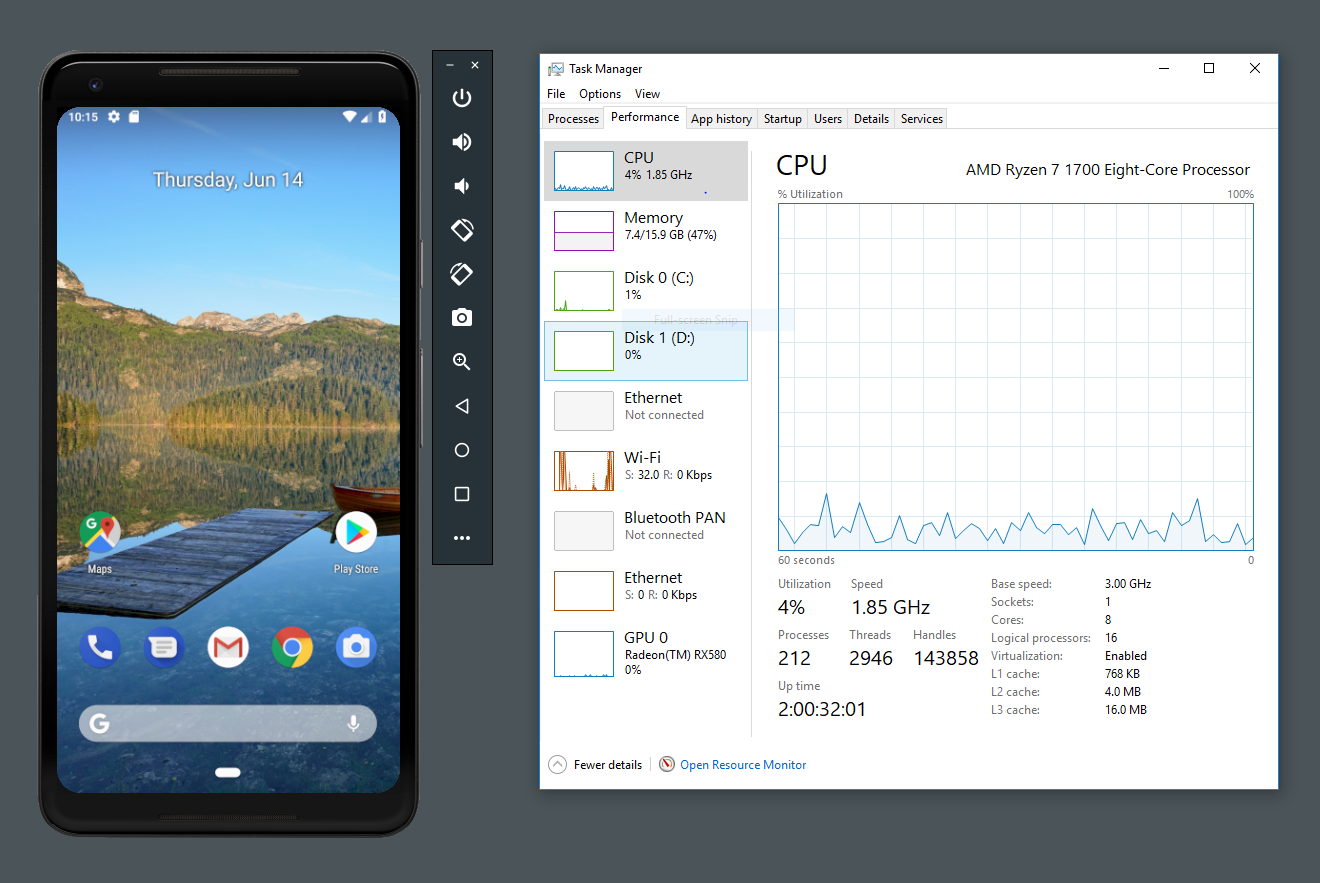
- INTEL X86 EMULATOR NOT COMPATABLE MAC INSTALL
- INTEL X86 EMULATOR NOT COMPATABLE MAC DRIVER
- INTEL X86 EMULATOR NOT COMPATABLE MAC ANDROID
- INTEL X86 EMULATOR NOT COMPATABLE MAC CODE
- INTEL X86 EMULATOR NOT COMPATABLE MAC PC
If you look inside macOS, or in the log, you won’t see Rosetta, as internally it’s known as OAH. When you then come to run that app or tool, it runs almost as fast as on an equivalent Intel processor, and experience with Rosetta 2 confirms this: performance on an M1 Mac is comparable in most cases with that on an equivalent Intel Mac, sometimes even better.
INTEL X86 EMULATOR NOT COMPATABLE MAC CODE
What it does is take the Intel code to be run on an M1 and translates it from Intel to ARM code, before the code is going to be run.
INTEL X86 EMULATOR NOT COMPATABLE MAC PC
Neither is it an emulator, which provides a virtual processor and is normally painfully slow, as we experienced with PC emulators on PowerMacs in the past. Rosetta isn’t a Virtual Machine (VM), which merely provides a layer to work between different operating systems, and can’t run across different processor architectures. (The original Rosetta had the same task during the transition to Intel.) It’s temporary in the sense that there will come a time when support for Rosetta 2 will be discontinued. If M1 Macs could only run apps built for its ARM cores, then they’d have a limited market, so Apple has engineered a temporary solution branded as Rosetta 2. The eight cores inside an M1 can’t run code which has been compiled for Intel processors, because the instructions (and more) are different. If material is not included in the chapter’s Creative Commons licence and your intended use is not permitted by statutory regulation or exceeds the permitted use, you will need to obtain permission directly from the copyright holder.The most fundamental difference between an M1 Mac and all the previous Macs, since they switched to using Intel in 2006, is the processor. The images or other third party material in this chapter are included in the chapter’s Creative Commons licence, unless indicated otherwise in a credit line to the material. You do not have permission under this licence to share adapted material derived from this chapter or parts of it. Open Access This chapter is licensed under the terms of the Creative Commons Attribution-NonCommercial-NoDerivatives 4.0 International License ( ), which permits any noncommercial use, sharing, distribution and reproduction in any medium or format, as long as you give appropriate credit to the original author(s) and the source, provide a link to the Creative Commons licence and indicate if you modified the licensed material.
INTEL X86 EMULATOR NOT COMPATABLE MAC ANDROID
Id Name State Start the AVD from Android SDK Directly from Terminal Your screen will paint the following if the installation was successful: You can verify that your installation has been successful with the following command: The members of these groups can run virtual machines. Next, add your account to the kvm and libvirtd groups:Īfter the installation, you need to log in again so that your user account becomes an effective member of the kvm and libvirtd user groups.
INTEL X86 EMULATOR NOT COMPATABLE MAC INSTALL
$ sudo apt-get install qemu-kvm libvirt-bin ubuntu-vm-builder bridge-utils Install KVMįor Ubuntu Lucid (10.04) or later, use the following command: You need to go to the BIOS setup and enable Intel VT. HINT: Enter your BIOS setup and enable Virtualization Technology (VT),Īnd then hard poweroff/poweron your system It means you can run your virtual machine faster with the KVM extensions. Now you can check if your CPU supports KVM by issuing the following command: The next step is to install the CPU checker:

If the output is 0, it means that your CPU doesn’t support hardware virtualization.

To check if your system’s processor supports hardware virtualization, use this command:

The first step is to install the required KVM by following the instructions from the Ubuntu community page ( ). Click on the Home button on the emulator to show the home screen. The boot process is completed but the home screen doesn’t appear. Sometimes, when booting an image for the first time, it will appear to be hung at the boot screen.
INTEL X86 EMULATOR NOT COMPATABLE MAC DRIVER
The maximum memory for the Intel HAXM driver on a 32-bit system is 1.6GB. In the previous example, the device RAM size should not be larger than 3GB since only 3GB were allocated to Intel HAXM. When creating the image, don’t set the Device RAM Size option larger than the amount of RAM allocated to the Intel HAXM driver. This allows a good balance of memory for the Intel HAXM driver as compared to the system memory. For example, if your system has 6GB of installed memory, then use 3GB for the Intel HAXM driver. When installing Intel HAXM, set the driver to use half of the available RAM in the system. To automatically run this command whenever a new terminal is started, you can add this command to your ∼/.bash_profile script.


 0 kommentar(er)
0 kommentar(er)
